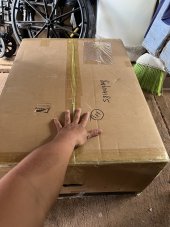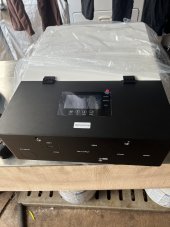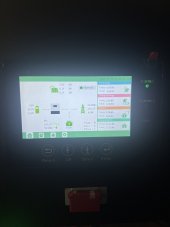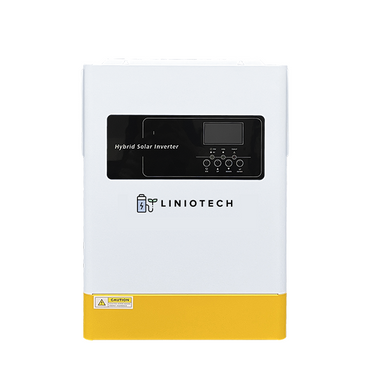Luxpower_Gilbert
Luxpert @Luxpower USA Team
I got mine late on Wednesday afternoon… I didn’t think the inverter would be that big and heavy its about 100lbs… I got it installed temporarily that night took me till 11pm. I crimped the battery cables and the input/out wires.. but it was worth it after i turned it On. the lugs for the ac input/output is big, its really made for +200 amp.. i was a little bit confused with the program but after reading the manual i got working what I wanted to do it. My first choice was 5k sol-ark inverter but it was expensive to ship here, so I decided to go alibaba and i was intended to buy a Deye inverter but all the sellers said the same thing that they can’t sell it to USA. I meet Jim from GSL and sent me the specs and manual, by readings it, it’s almost like sol-ark… so I asked him if he can ship it to Hawaii and he told me he can get the inverter here in 5-7 days if i pay it now because their holiday will take about a week till they go back to work again, it was kind a fishy but i said what the heck, if I don’t get it then i just file a refund from paypal… Even do it was their holiday week Jim kept in touch with me until now…if you ever going to buy speak with Jim and don’t forget about custom tax it was a bit expensive about $316 for me (custom hold it for two days)… i have some pictures but not that great…













